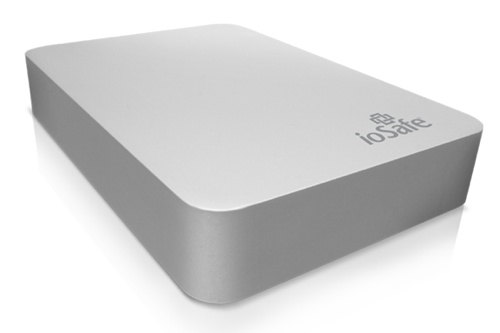By Greg Mills
The FCC, the agency that controls radio frequencies in the US, is about to open up some long wave frequencies in the 700 MHz range that are now available due to the digital TV frequency changes last year. The frequencies are particularly valuable since they penetrate buildings and go further with the same amount of radio energy as shorter wave frequencies that don’t go nearly so far, or through walls very well. Look for miles of transmission distances instead of hundreds of feet.
Further, this new SuperWiFi frequencies are not going to be regulated and will, thus, be like current WiFi and BlueTooth, where the radio chip sets are tested and approved by the FCC but the use of the frequencies will be available to anyone. Wireless devices will also have to transmit back to the more distant Wi-Fi sites, so additional and more powerful SuperWIFi cards will be required.
This will open up the way for Super Wi-Fi servers that will service a much larger area, such as an entire campus or building complex. The proposal allows the use of “white spaces” between digital TV channels. Going digital instead of analog has cleaned up a lot of the TV transmission spectrum and allows tighter use of frequencies than the older system did. In the old days of analog TV there often had to be a wasted channel between TV stations to avoid interference between channels.
The new regulations allowing this new use of existing frequencies (there are only so many frequencies to go around) will enable new wireless devices and make 4G WiFi a reality. his will compete with wireless Cellular 4G services in many respects.
Clear, the Sprint 4G cellular network spin off from ClearWire/Sprint has a new service that runs faster, if you happen live in the shadow of one of their towers, but Clear is a cellular service, which is available for a monthly fee. Clear’s 4G Hot spot devices are actually a combination of a 4G cellular radio that retransmits signals over conventional WiFi frequencies. The new system is simply a super WiFi that doesn’t need a cellular system to work as it is directly connecting with the wireless device rather than being a translator hot spot device..
The new breed of SuperWiFi, that is coming soon will, like existing Wi-Fi can be open or locked behind a password. Block sized Wi-Fi zones, city wide Wi-Fi and such will be much easier and cheaper to launch. Existing Wi-Fi cards will not be able to access that new signal without some sort of additional hardware, until it becomes an industry standard and Wi-Fi chip sets include the new frequencies. Look for that to happen pretty fast.
It is interesting that some technology takes forever to get into the main stream. But some industries, such as the computer and cell phone industry are on a fast track. If the FCC passes the new regulations, as they are expected to do, look for super Wi-Fi to be coming out soon. Look for new super routers and new frequencies available on wireless devices.
Cell phone companies are the most likely to be able to add the powerful new routers to the landscape, in the short haul. I expect Intel and other chip manufactures to announce chip sets that will allow use of the new system soon. Then wireless manufacturing concerns, like Apple, will need to implement the new standards. That will take some time, but I predict not that long. The potential is just too great.
(Greg Mills, is a Faux Artist in Kansas City. Formerly a new product R&D man for the paint sundry market, he holds 11 US patents. He’s working on a solar energy startup, www.CottageIndustrySolar.com using a patent pending process of turning waste dual pane glass into thermal solar panels used to heat water. Greg writes for intellectual web sites and Mac related issues. See Greg’s art web site at www.gregmills.info ; His email is gregmills@mac.com )


![[MD1] Astrobyte’s BeyondPress](https://www.mactech.com/wp-content/themes/Extra/images/post-format-thumb-text.svg)

